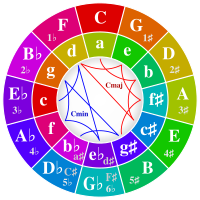Generated collection

A generated collection is like a treasure chest filled with toys that a magician makes appear out of thin air. The magician doesn't go out and find each toy one by one, but instead uses magic to create them all at once.
When we talk about generated collections in computer science, it's a bit like that too. Instead of a magician, we have a computer program that creates lots of objects all at once. These objects are usually things like numbers, words, or pictures, and they're all arranged neatly in a list or array.
The program doesn't have to individually create each object like we do when we draw or write. Instead, it follows some rules and uses a little bit of math to create all the objects in one go. It's a bit like a factory that makes lots of toys using machines and assembly lines.
Once the generated collection is ready, we can use it in all sorts of ways. We might want to sort the objects in order, count how many there are, or find the smallest or largest one. It's a bit like how we can play with our treasure chest of toys and organize them into groups based on their size or color.
Overall, generated collections allow computer programs to create a lot of objects quickly and efficiently, making it easier for us to work with large amounts of data.
When we talk about generated collections in computer science, it's a bit like that too. Instead of a magician, we have a computer program that creates lots of objects all at once. These objects are usually things like numbers, words, or pictures, and they're all arranged neatly in a list or array.
The program doesn't have to individually create each object like we do when we draw or write. Instead, it follows some rules and uses a little bit of math to create all the objects in one go. It's a bit like a factory that makes lots of toys using machines and assembly lines.
Once the generated collection is ready, we can use it in all sorts of ways. We might want to sort the objects in order, count how many there are, or find the smallest or largest one. It's a bit like how we can play with our treasure chest of toys and organize them into groups based on their size or color.
Overall, generated collections allow computer programs to create a lot of objects quickly and efficiently, making it easier for us to work with large amounts of data.
Related topics others have asked about:
